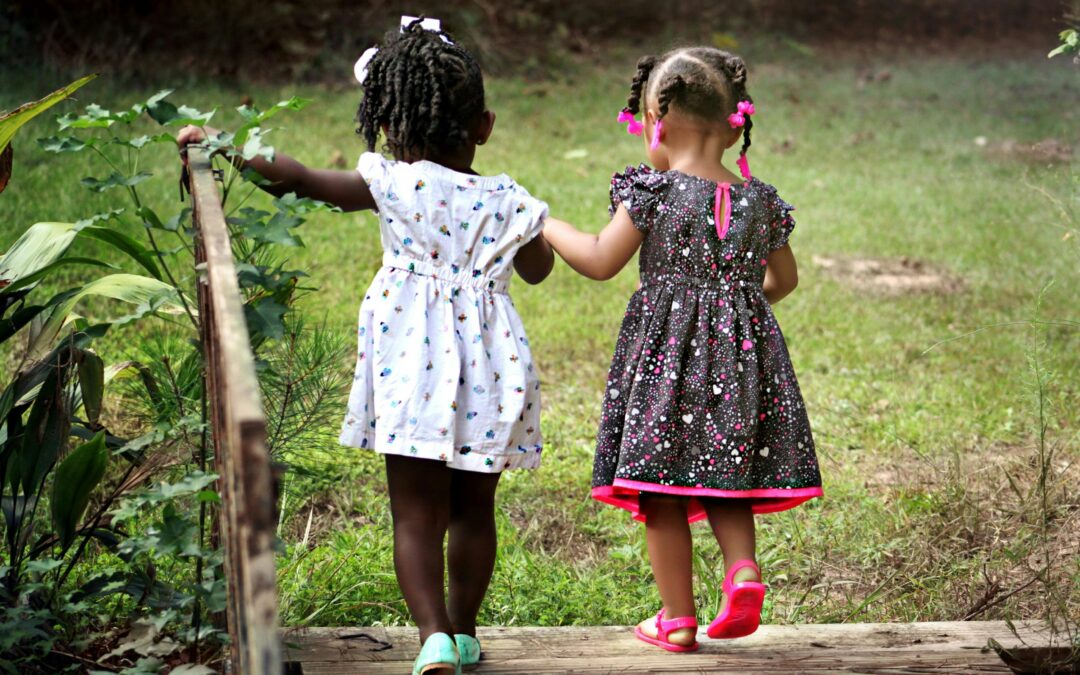When the Masai greet one another, they do not ask, “How are you?” They ask, “Kasserian Ingera?” — “How are the children?”
It is a measure of the community’s soul: if the children are well, the people are well.
By that measure, America is not well.
The National Picture: A Reversal of Progress
According to the Annie E. Casey Foundation’s new report, Measuring Access to Opportunity in the United States: A 10-Year Update, child poverty in the U.S. has surged, nearly tripling from 5% in 2021 to 13% in 2024. More than one in eight children now live in households struggling to meet basic needs.
This spike followed the expiration of pandemic-era supports such as the expanded Child Tax Credit, which in 2021 lifted more than 15 million children out of poverty. When those programs ended, millions fell back below the poverty line.
Without these policies, the rate would double again, and nearly one in four children would live in poverty today.
As the report notes, 61% of children living in poverty have at least one working parent, underscoring that employment alone is no longer a safeguard against hardship.
“Poverty poses a serious threat to children’s development and long-term well-being,” said Leslie Boissiere, Vice President of External Affairs at the Annie E. Casey Foundation. “By investing in children’s well-being, through both public policy and employment practices that provide family-sustaining wages, we can enable more children to thrive.”
And yet, those investments are waning, precisely when families need them most.
A Mirror in Louisiana: The State of Our Youth
Here in Louisiana, the data paints a parallel and even more urgent picture.
Nearly 1 in 5 Louisiana youth live in poverty, compared to the national 13%.
The challenges are compounded: 96,000 youth are disconnected from both school and work, 30% experience major depression, and suicide attempt rates are double the national average.
Our systems are not separate silos; they are overlapping networks of strain:
- Education: Louisiana’s graduation rate (80.1%) lags behind the national average (86.5%), while Black students represent 80% of suspensions despite only 42% of total enrollment.
- Mental Health: Only 41% of schools have full-time counselors, and the average wait for adolescent psychiatric care is 64 days.
- Child Welfare: With 4,127 children in foster care, our rate (5.7 per 1,000) exceeds the national average.
- Juvenile Justice: 68% of referrals involve non-violent offenses, and 60% of detained youth have mental health conditions.
- Youth Homelessness: Over 12,800 homeless students attend school in Louisiana; 42% identify as LGBTQ+, and two-thirds are not currently enrolled.
These numbers aren’t just statistics; they are a portrait of disconnection, systemic failure, and policy neglect.
They remind us that poverty is not simply about income, it’s about access to opportunity, belonging, and care.
“It Takes a Village”: Rebuilding Systems of Care
There is an African proverb that says, “It takes a village to raise a child.”
In Louisiana, our “village” spans schools, churches, courts, nonprofits, and agencies. Yet too often, those systems work in isolation, each fighting fires rather than building fireproof structures.
Recent state initiatives point toward a path of hope:
- The Louisiana Workforce and Social Services Reform (LA WASS) initiative aims to create a “one-door” model integrating workforce, child welfare, and behavioral health systems. While there are underlying issues that make this a problematic reform, we can contribute to the implementation to ensure it is as family and child-friendly as possible.
- The 988 Crisis Lifeline, with mobile crisis teams in every parish, is expanding access to mental health response.
- Family First Prevention Services Act expansion and school-based health center growth bring national policy into local practice.
These reforms embody what community-centered care can look like. But their success depends on whether we sustain the political will and the funding to see them through.
The Deeper Cost of Neglect
An old proverb warns, “A child who is not embraced by the village will burn it down to feel its warmth.”
When millions of children are left hungry, unhoused, and unseen, the consequences ripple outward: in crime, public health costs, and social unrest. Researchers estimate that child poverty costs the United States up to $1 trillion annually in lost productivity and increased public spending.
But beyond the financial toll is the moral cost: a society that neglects its children forfeits its future.
Reframing Success: From GDP to Well-Being
If we truly asked the Masai question, “How are the children?” our national and state budgets would look very different.
We would measure prosperity not by the strength of our stock market, but by the stability of our families.
Children’s well-being is not a side issue. It is the clearest mirror of whether our systems are just.
It’s Time to Act
To state and national leaders, the path forward is clear; not easy, but clear:
- Reinstate proven poverty-reduction measures such as the expanded Child Tax Credit and strengthen SNAP, SSI, and housing assistance programs that demonstrably lift millions of children above the poverty line.
- Fund integrated, trauma-informed service delivery through initiatives like LA WASS that align child welfare, education, and behavioral health.
- Invest in mental health infrastructure: ensure every school has access to counselors, and reduce the 64-day average wait for youth psychiatric care.
- Address systemic inequities in discipline and justice that disproportionately harm Black and Brown youth.
- Measure success differently by tracking the well-being of children, not just the wealth of the state.
These are not radical ideas; they are restorative ones. They rebuild the village we were meant to be.
The Moral Test of Our Time
The health of our democracy and economy depends on whether our children can thrive.
As the Annie E. Casey Foundation’s data reminds us, public policy is not neutral; it either reduces suffering or perpetuates it.
If we are to answer the Masai greeting with honesty, we must ensure that in every parish, every household, and every child’s heart, the answer becomes:
“All the children are well.”
Until then, our work remains unfinished.
References
Annie E. Casey Foundation. (2024). Measuring Access to Opportunity in the United States: A 10-Year Update.
Available at: https://www.aecf.org
Boatner, T. (2025). State of the Youth in Louisiana 2025: Executive Summary. TKB Strategies.

